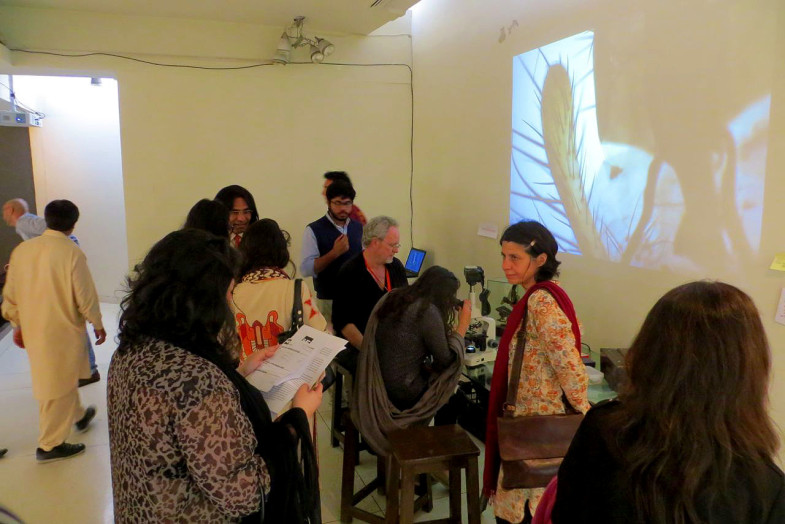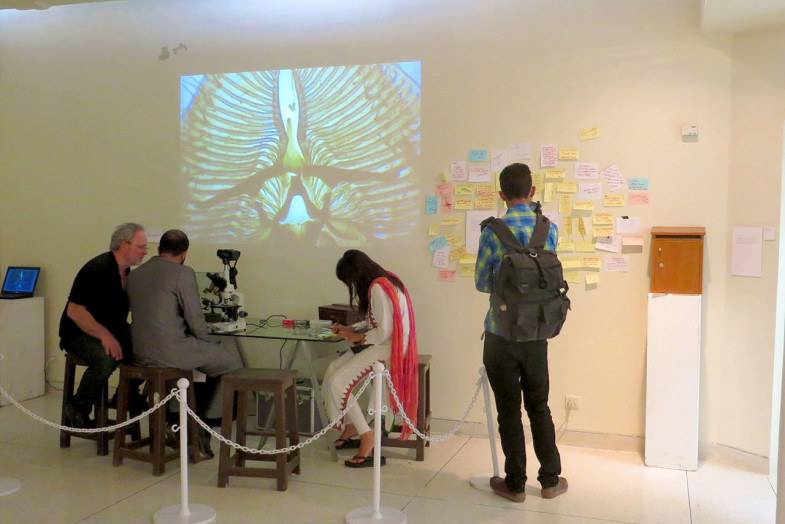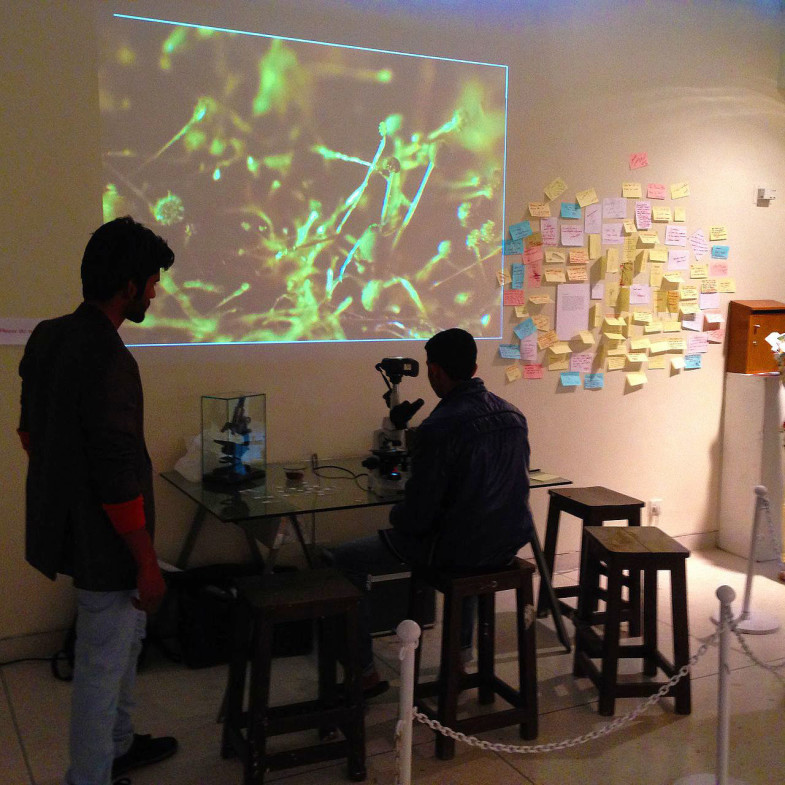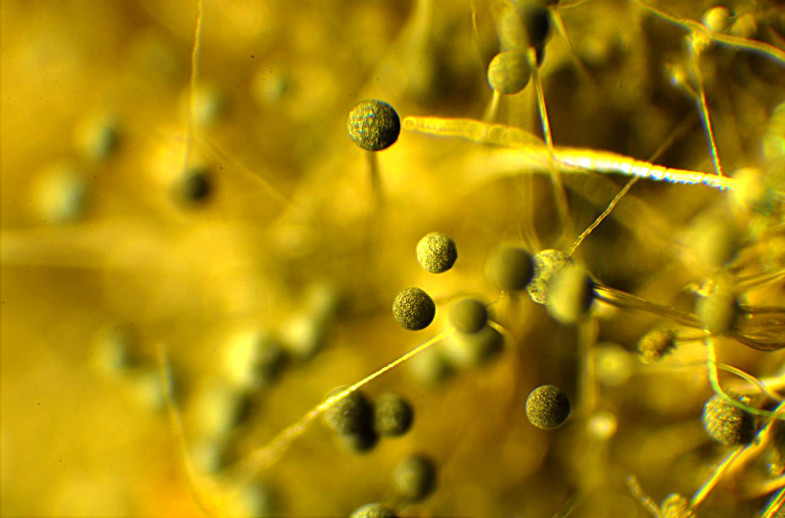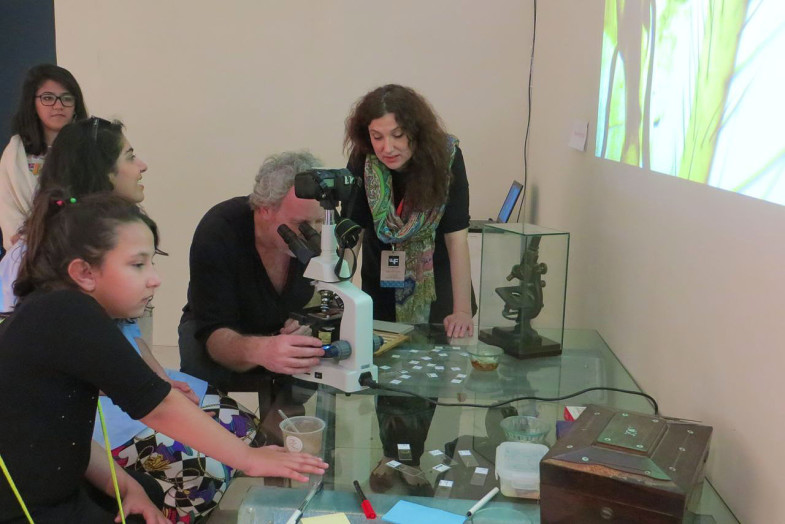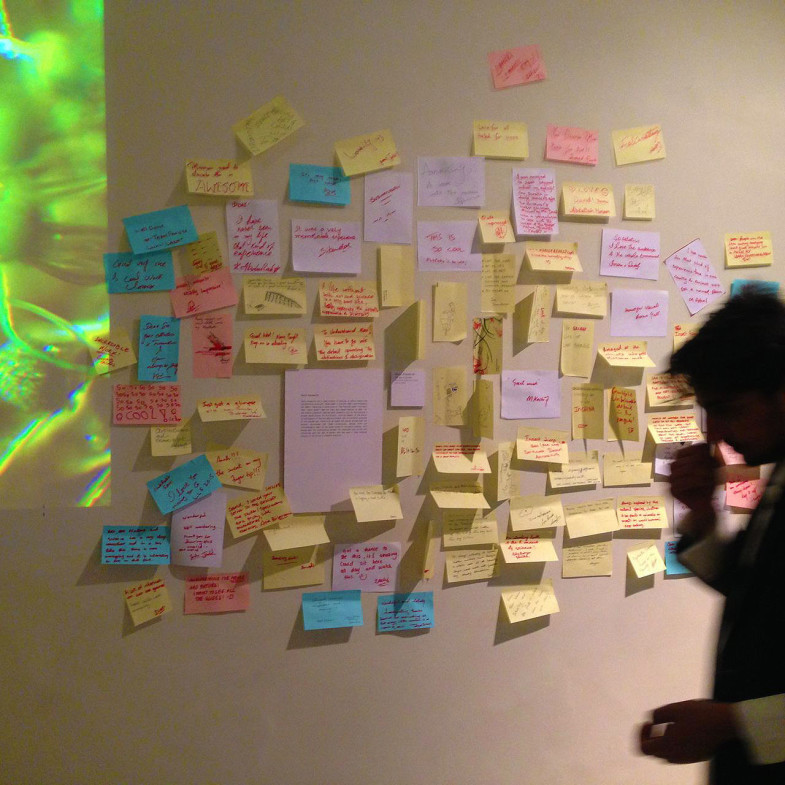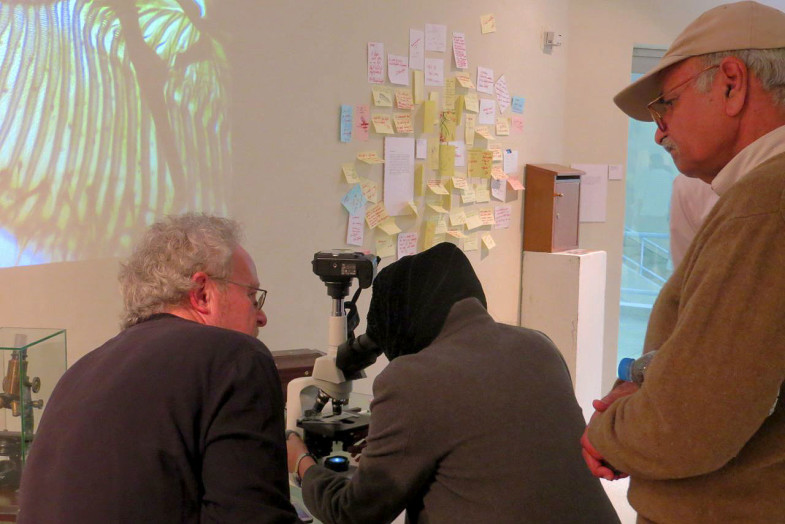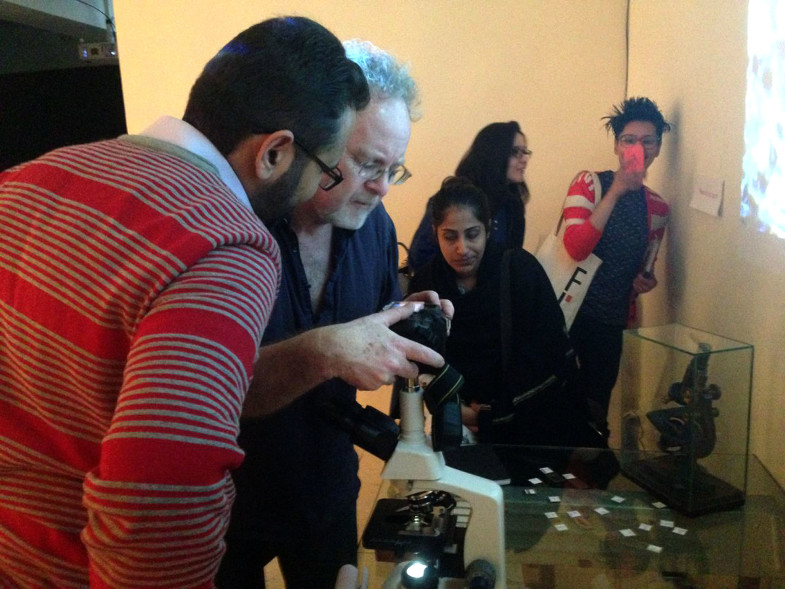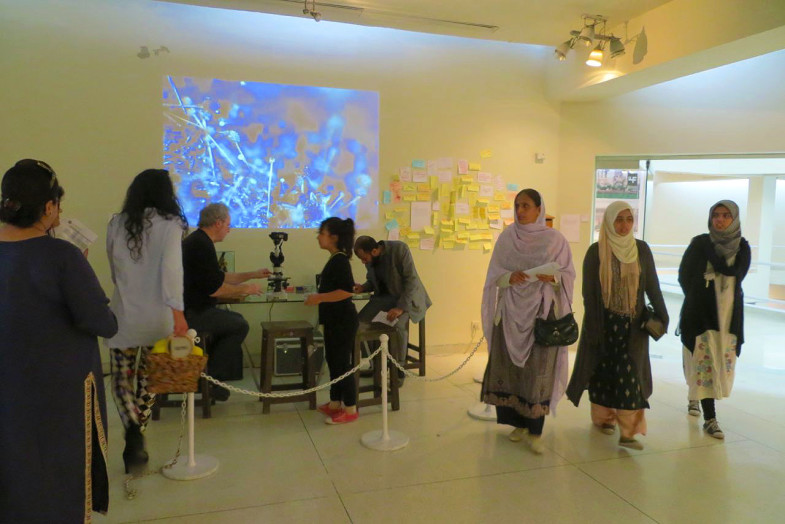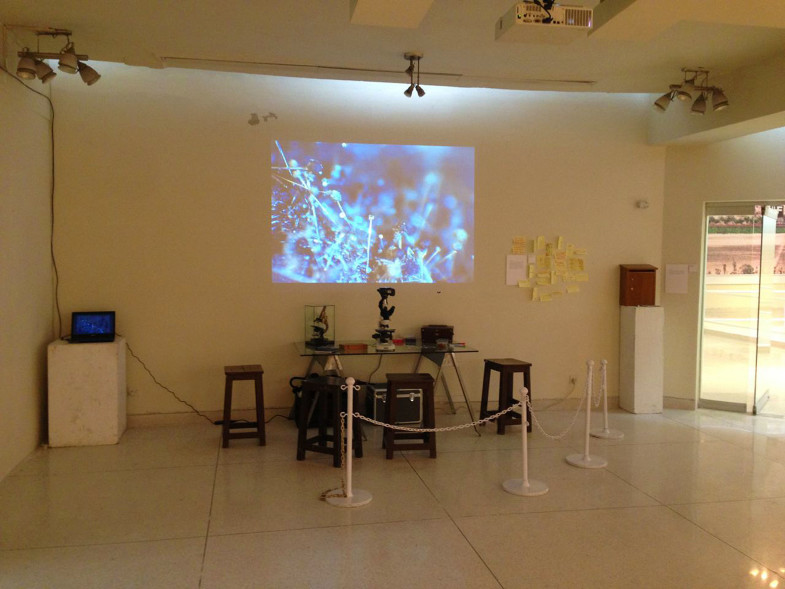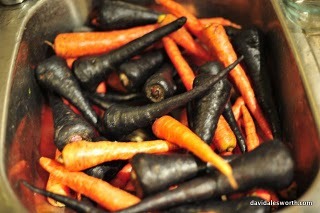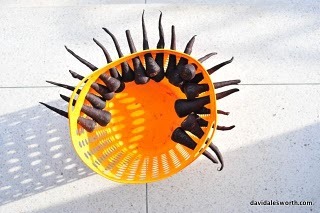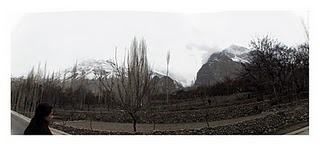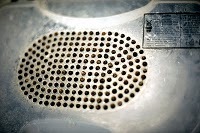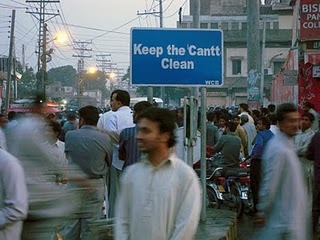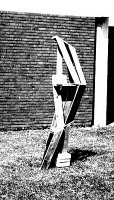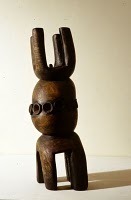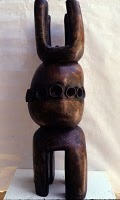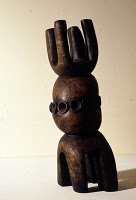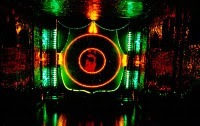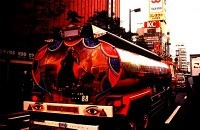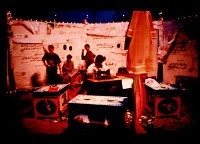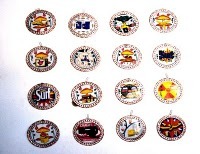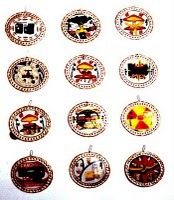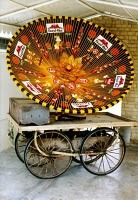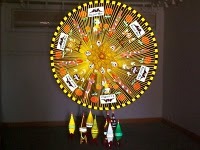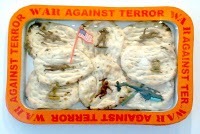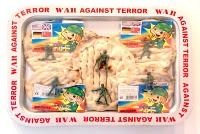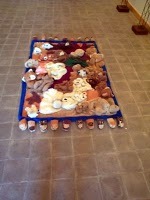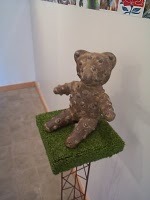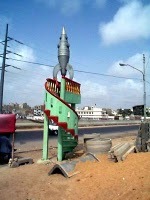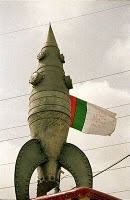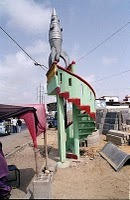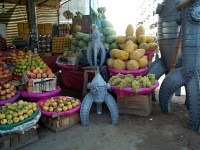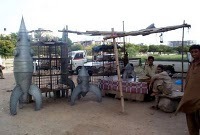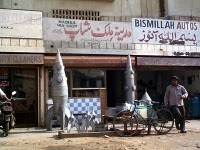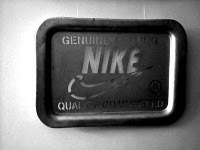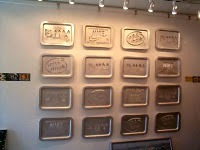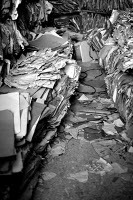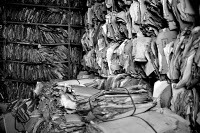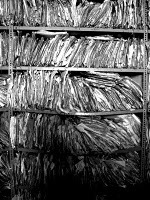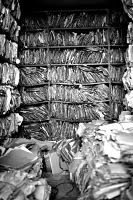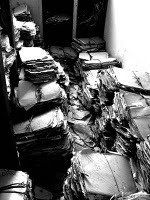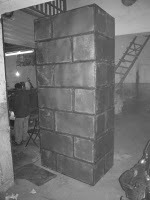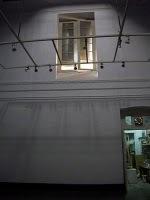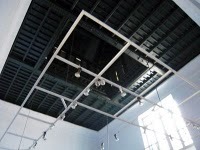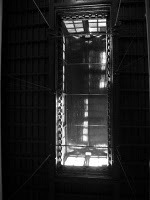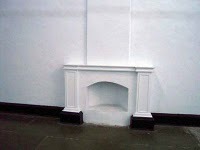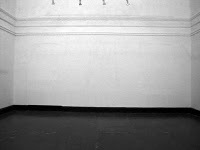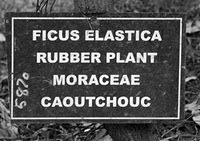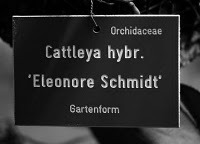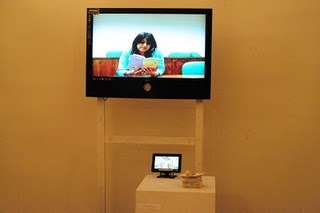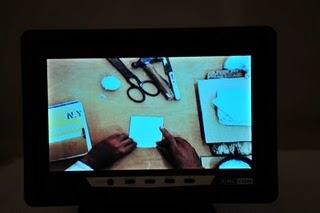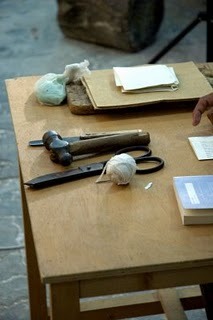<meta name=”Title” content=””> <meta name=”Keywords” content=””> <meta equiv=”Content-Type” content=”text/html; charset=utf-8″> <meta name=”ProgId” content=”Word.Document”> <meta name=”Generator” content=”Microsoft Word 2008″> <meta name=”Originator” content=”Microsoft Word 2008″> <link rel=”File-List” href=”file://localhost/Users/davidalesworth/Library/Caches/TemporaryItems/msoclip/0clip_filelist.xml”> <style> </style>
Some current thoughts and initiatives.<o:p></o:p>
<o:p> </o:p>
<o:p>
</o:p>
Walking the ganda-nala’s of Lahore<o:p></o:p>
I have approached a potential collaborator for this venture and we are in the process of discussing it. The open storm drains in this massive city of 7+ million (1998 census figures) provide the only channeling of sewage from homes to its ultimate discharge in the now dead river Ravi. There are no treatments plants. However the ganda-nala’s also create ecological corridors through the city where plant and animal life is left fairly undisturbed. The current heightened tension in the city is making any walking venture deeply problematic, let alone undertaking a walk through a highly suspicious no-mans land. I hope to undertake an initial walk (and documentation) within a few weeks. <o:p></o:p>
<o:p> </o:p>
<o:p>
</o:p>
The People’s Art Historical Garden Centre Project<o:p></o:p>
Completed 25th October 2009 in collaboration with Adnan Madani. We have collaborated on several projects previously, notably “The Frankfurt School” video which is also covered in previous blog entries. See the newly added page of documentation and narrated video. Akbar Naqvi’s book “Image and Identity” (Oxford, 1997) is systematically dismantled and converted into useful paper bags. It is unbound and liberated from it’s burden of assumed authority. A reclamation, a reinterpretation and dissemination. Even an insemination (seeds are added to each art-historical bag). Like seeds themselves it is finally disseminated to the public of Lahore. <o:p></o:p>
<o:p> </o:p>
<o:p>
</o:p>
Eden project<o:p></o:p>
I have yet to locate specialist input for this project and I now see it as being a much longer term initiative. I hope at least part of it may be realized by next summer’s residency.<o:p></o:p>
<o:p> </o:p>
<o:p>
</o:p>
Berlin Collaboration 2009-2010<o:p></o:p>
I have sent out initial emails towards this collaboration. It is intended that a dual project be negotiated that comes to fusion and fruition in Berlin next summer. Something that involves horticultural practices in the cities of Lahore and Berlin.<o:p></o:p>
<o:p> </o:p>
<o:p>
</o:p>
Readings, recent and in progress, 1st Nov. 2009<o:p></o:p>
Tim Richardson. Vista, The Culture and Politics of Gardens.<o:p></o:p>
K. Helphand. Defiant Gardens.<o:p></o:p>
Khan. The Gardener.<o:p></o:p>
Ian Sinclair. Hackney that Rose-Red Empire.<o:p></o:p>
Reza Aslan. How to Win a Cosmic War.<o:p></o:p>
Charles Darwin. The Formation of Vegetable Mould.<o:p></o:p>
Foucault. Several Readers and The Order of Things.<o:p></o:p>
Isenberg. The Nature of Cities.<o:p></o:p>
Belting. Garden of Earthly Delights.<o:p></o:p>
Jellicoe. The Landscape of Man.<o:p></o:p>
Coverley. Psychogeography.<o:p></o:p>
Reynolds. On Guerrilla Gardening.<o:p></o:p>
Allen. Kipling Sahib.<o:p></o:p>
Solnit. As Eve Said to the Serpent.<o:p></o:p>
Driver. Nash. Landing.<o:p></o:p>
<o:p> </o:p>
<o:p>
</o:p>
Research<o:p></o:p>
I will be contacting Kenneth Helphand for my research on the ”Post-Colonial Garden”. This is currently under negotiation with my mentor concerning it’s whole approach to the subject.<o:p></o:p>
<o:p> </o:p>
— Read more
